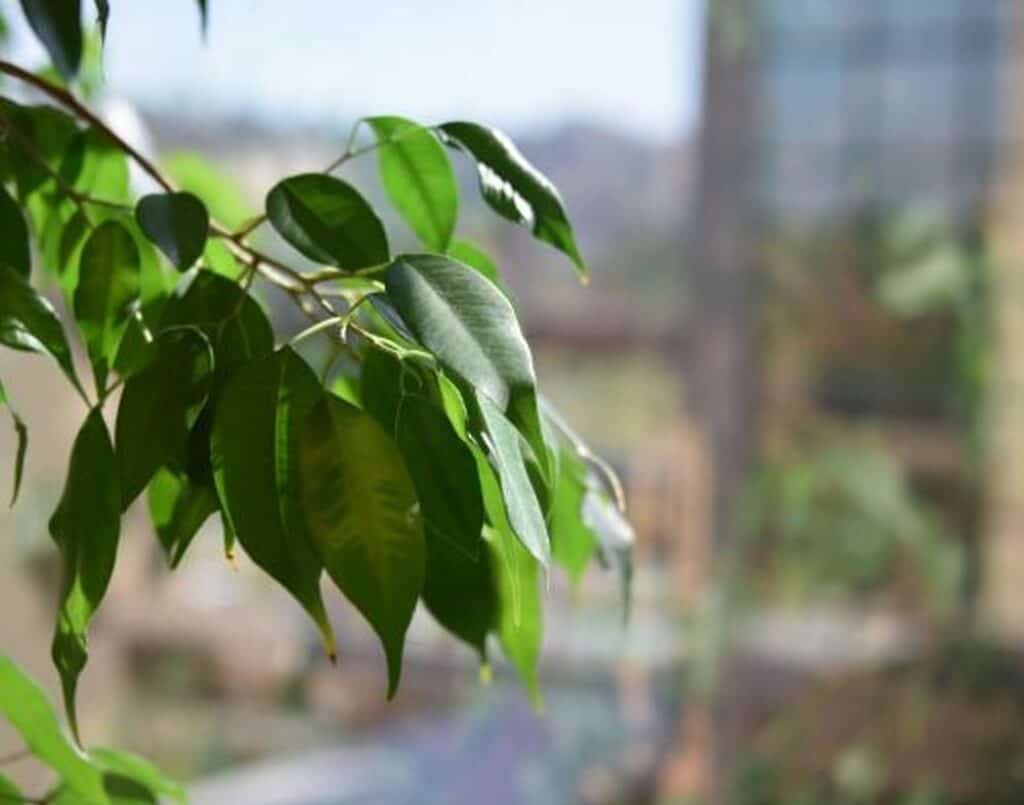How to Save a Dying Ficus Tree: A Step-by-Step Guide
Ficus trees are popular houseplants and landscape plants due to their attractive foliage and hardy nature. However even hardy ficus trees can begin to decline and die if they are not cared for properly. If your ficus tree is looking sickly with yellowing or falling leaves don’t give up hope! With some detective work and tender loving care, you can nurse a dying ficus tree back to health.
Here is a step-by-step guide on how to save a dying ficus tree:
Diagnose the Cause
The first step is to figure out why your ficus tree is declining There are several common reasons a ficus may start to die
-
Underwatering – Ficus trees need regular watering. If the soil dries out completely for too long, the leaves will yellow and drop.
-
Overwatering – Too much moisture leads to root rot. This causes leaves to yellow and drop.
-
Poor lighting – Ficus trees need bright, indirect light. Low light leads to sparse foliage.
-
Pest infestation – Spider mites, scale, and mealybugs can all infest ficus trees. This stresses the plant.
-
Root bound – If the ficus becomes extremely root bound in its pot, growth will slow.
-
Disease – Fungal diseases like root rot can infect ficus trees.
Examine your plant and growing conditions to try to pinpoint what is ailing your ficus tree. This will direct your revival efforts.
Improve Growing Conditions
Once you know what is troubling your ficus, take steps to improve its growing conditions:
-
Adjust watering to allow the soil to dry out between waterings. Water less frequently if overwatering. Increase water if under-watering.
-
Prune off any dead or dying branches and leaves. This prevents disease spread.
-
Move the ficus to a spot with bright, indirect light if it is in too much shade.
-
Repot into fresh, sterile potting mix if root bound. Choose a pot one size larger.
-
Treat any pest infestations with horticultural oils or insecticidal soaps. Remove badly infested leaves.
-
Let the soil dry out completely if fungal disease is present. Apply a fungicide drench if necessary.
Taking these basic steps corrects many common ficus tree problems and gets the plant back on track.
Fertilize the Tree
Sickly ficus trees can benefit from a dilute fertilizer application every 2-3 months during the growing season. Use a balanced houseplant fertilizer diluted to half strength. Fertilizing provides nutrients to stimulate new growth.
Prune Branches
Prune off any dead or dying branches. Make cuts just above healthy buds or leaves. Pruning removes ineffective foliage so the tree can focus energy on new growth.
Maintain Even Soil Moisture
Check the soil moisture regularly, and water whenever the top inch or two of soil becomes dry. Soil should not be soggy or bone dry. Even moisture prevents leaf drop.
Increase Humidity
Ficus trees prefer 40-60% relative humidity. Increase humidity around the ficus by misting the leaves daily or placing the pot on a pebble tray filled with water. Humidity reduces leaf drop.
Examine the Roots
If decline continues, carefully remove the tree from its pot to examine the roots. Healthy roots will be firm and white. Trim off any mushy black roots which indicate root rot. Repot in sterile potting soil after root trimming.
Consult an Arborist
For severe cases of ficus decline, consult an arborist. They can diagnose cryptic diseases and provide professional treatments. Though it takes diligence, many distressed ficus trees can make a full recovery.
With a dedication to diagnosing and correcting underlying problems, most sick ficus trees can rebound with some time and care. Adjust the watering, light, humidity, and soil as needed to nurse your ficus back to health. Maintain optimal growing conditions, and your ficus will thank you with lush, beautiful foliage.
Save A DYING Plant within 4 DAYS – Ficus Plant Care
FAQ
Why is my Ficus turning brown and dropping leaves?
What does an overwatered Ficus look like?
Why are the leaves on my Ficus tree turning yellow and falling off?
What is the lifespan of a Ficus tree?
How do you revive dying Ficus plants?
To revive dying ficus plants, recreate the conditions of their native environment by increasing the humidity, maintain an even temperature range of 65ºF to 75ºF (18ºC to 24ºC), and wait until the top inch of the soil feels dry before watering generously. Mark Bennett is the writer at gardener report.
How to care for a ficus tree?
Paying attention to underwatering and overwatering a ficus tree is also essential. Make sure to check the moisture regularly and adjust the watering habits accordingly. Only water if the soil is dry or the leaves look dull. Now, you must ensure that the ficus tree is placed in a well-bright indirect light.
Why do ficus trees die?
To thrive, it is essential to keep the indoor ficus tree in a bright indirect light. If you notice any signs of pale or yellow leaves with a lack of growth accompanied, move the ficus tree to a location that receives more sunlight. Another significant cause of the death of indoor ficus trees could be improper water or soil drainage.
How to prevent ficus tree root rot?
It would help if you increased the water frequency slowly to prevent root rot. You must reduce the water frequency if you notice root rot, soggy soil, or yellow leaves. The ground may need to be well drained to provide optimal conditions for ficus tree growth. It is essential to take action immediately.
- A Complete Guide to Caring for Yuki Cherry Blossom Shrub - January 23, 2025
- Identifying Red Hot Poker Seeds: What to Look For When Harvesting Torch Lily Pods - January 23, 2025
- A Complete Guide to Harvesting Evening Primrose Seeds - January 23, 2025

